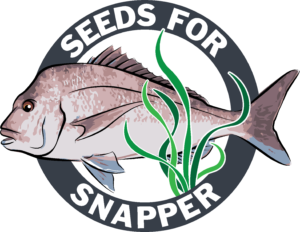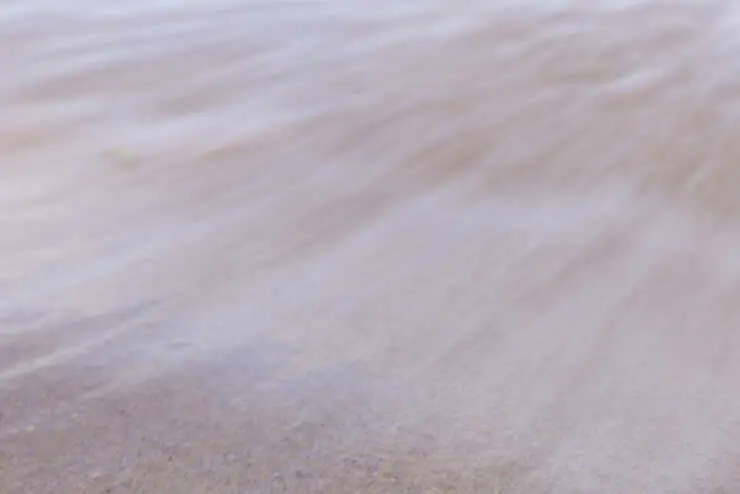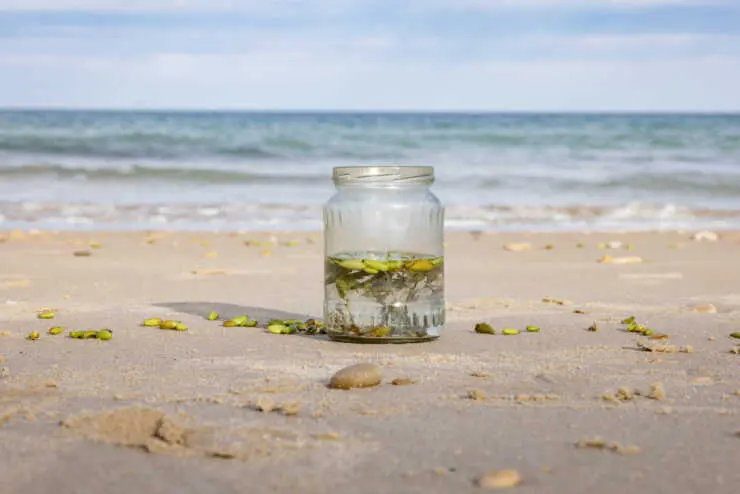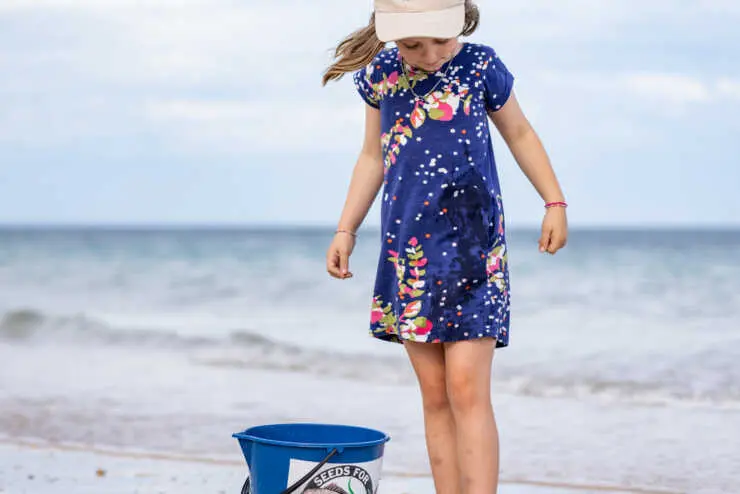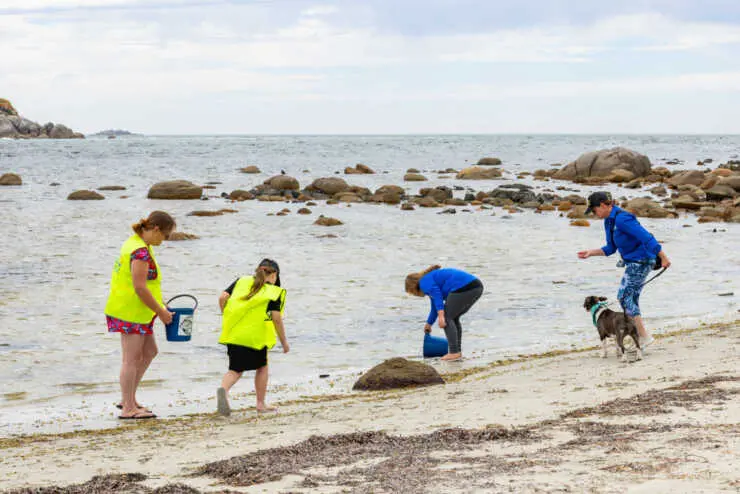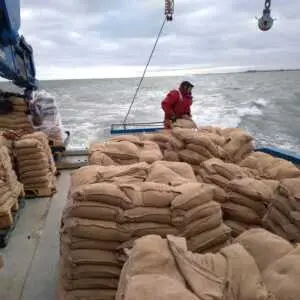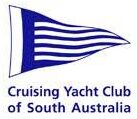6 DECEMBER 2023 | South Australia’s seagrass fruit ripe for collecting
In Adelaide Seeds For Snapper the season officially launched on December 3 and was attended by more than 80 enthusiastic volunteers at the Cruising Yacht Club of South Australia, setting a vibrant tone for the upcoming activities. The event kicked off with a Greeting to Spirit of Place by Burka-Senior Cultural Custodian Karl Winda Telfer, reminding us of the deep connection between the restoration efforts and the land’s cultural heritage.

